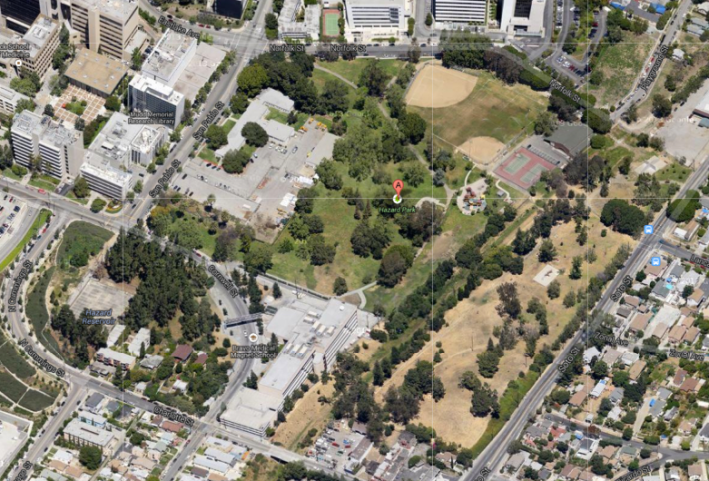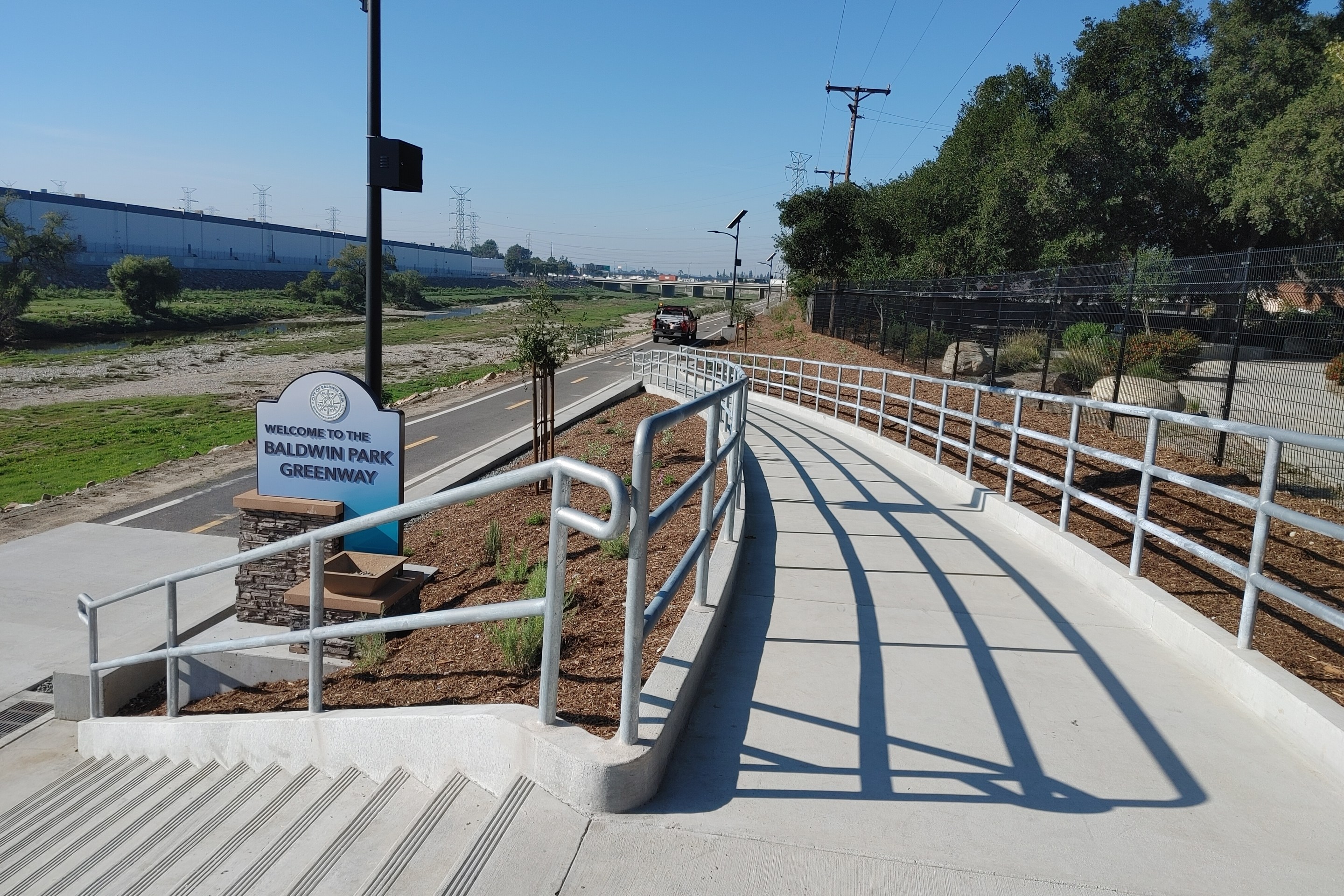
Skateboarders are generally not the first people you think of when you think about livable streets.
Maybe I'm wrong about that, but I rarely hear discussion of them, their needs, or their aspirations come up in planning or other forums.
I find their omission kind of odd, given that skaters are perhaps the most active and creative users of public space -- they take great joy in finding new and exhilarating ways to interact with every-day infrastructure.
The skateboard is also a cheap and popular form of transportation for urban youth, helping them move safely and swiftly through areas they might otherwise be reluctant to walk through.
And it can give youth in troubled neighborhoods a buffer from the pressure to join a gang. Knowing skaters keep to themselves, gang members tend to leave groups of skaters alone, even if they are from outside the neighborhood (as long as they look like skaters, that is). So, even when skate parks are located in areas of intense gang activity, it is not unusual to see a wildly diverse mix of kids from around the city gathered there, on a completely different plane from the chaos around them.
But, instead of celebrating the power of the humble skateboard, cities tend to move in the opposite direction. Public spaces are skate-proofed and skateboarders are seen as transgressive and regularly pushed out of public areas. In Boyle Heights, where skateboarding is prevalent, youth tell me that the Sheriffs often harass and demean them (sometimes with racial epithets, many complained) when they try to hang out in places like Mariachi Plaza.
Which might explain why I found a young skater staring forlornly at the newly-renovated but still fenced-in skate park in Hazard Park yesterday.
He had seen a picture of it on Instagram, he said, and it looked so beautiful that he had to come by and test it out.
He explained that the previous skate park there had been so cracked up and poorly maintained that nobody ever went there to skate. Instead, he and his friends would head over to Lincoln Heights. It was usually overcrowded, he said, but there were few other places they could go.
"What about the one in Hollenbeck Park?" I asked.
It was for more expert skaters, he explained. And it was small, so there wasn't a lot of opportunity to play around and learn. The new one at Hazard Park looked like it was still on the tougher side of intermediate, but it would give him and his friends some place to go in their own neighborhood and a chance to learn new tricks.
He sighed again.
"The picture I saw didn't show any fences around it. And the security guard just did this [he makes a waggling motion] with his finger when I asked when it was opening."
I reassured him it was opening this week.
My only concern, I said, was that skaters would have a hard time getting there.
I had ridden my bike up Soto and had felt like I had taken my mortality into my hands. The road narrows as it heads north up the hill alongside the park. Drivers are not patient and honk liberally.
And the sidewalk on the east side provides little in the way of refuge. It sits at the base of a hillside, much of which seems to have tumbled down on top of it. Sidewalks on the northwest side of the park are in lamentable condition -- some are nothing more than dirt/gravel paths.
It's not comfortable or easy going for skaters, bikers, or pedestrians, in other words.
Especially because there are few places to cross Soto to get to the park, and few paved entryways that would make it more easily accessible.

Despite it sitting directly across the street from a neighborhood, the design of access to the park appears to have been guided by the expectation that no one would ever walk to it.
All of which is unfortunate, considering the historic importance of the park as a gathering space during the school walk-out protests of the late 1960s.
But some improvements are coming.
The skate park, created with the help of the Diamond Supply Co., Street League Foundation, California Skateparks, The California Endowment, and the Department of Recreation and Parks, is the first of $1 million in improvements that USC (who shares space in the area) has committed to. The expected improvements include a new jogging/running path, new outdoor fitness equipment, a new toddler play area, additional security lighting, financial support for the park’s youth sports programs, and upgrades to the park gym, outdoor basketball/tennis courts and restrooms.
The skate park will open with a ribbon cutting ceremony Thursday, July 24th, at 5 p.m. The park is located at 2230 Norfolk St, and the skate park is a short walk to the south of the rec center and basketball court.








